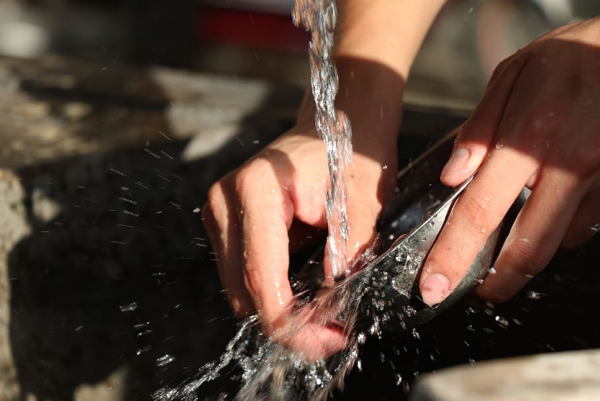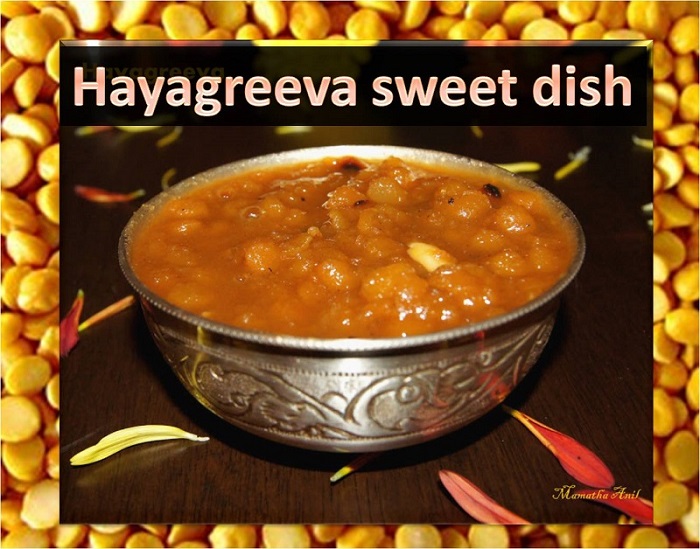
16 Utensils Cleaning Tips
Here are some of grandma’s tips to keep your favorite utensils life-long, without any marks, scratches and calcium build up.
See below utensils cleaning tips:
1. Wash in right order to avoid any type of mess: For this you should wash your dishes from least greasy to most greasy,
- first wash your glassware and any drinking vessels,
- Secondly, wash your cutlery,
- Third type of utensils – wash your plates and bowls,
- Fourth type – wash greasy stuff like serving dishes and any really greasy items,
- Finally wash your greasy pans, pots, tava, oily/greasy utensils.If you are, using sinks to save water then re-fill water depending on how greasy your water turns into.
2. Did you know – To remove black residues from silver utensils you can use toothpaste. Apply little tooth paste and rub it on the utensils using a dry cloth or tissue paper. After 10 minutes or so, wash using dish soap and water.
3. To get rid of onion, garlic or any other vegetable smells from cutting board, cut a lemon or lime in half and rub the board. Alternatively you can use baking soda paste in water.
4. Apply baking soda and vinegar mixture (you can spray) on utensils and cutting board to remove stubborn stains.
5. Scratches in glassware will disappear if polished with toothpaste.
6. Wooden spoons absorb turmeric and spice colors. Soak them in white vinegar overnight to prevent them absorbing food smells and color.
7. Cut old lemons into half and put some salt on its surface. Apply this to copper pot they will shine like new.
8. To make stainless steel shine, rub it with lemon peel, or, soak them in club soda, wait until the fizz is gone, and then rinse and dry.
9. Clean your thermos by adding a few tablespoons of baking soda and fill with warm water. Leave it for couple of hours and wash using a long brush.
10. If you use tamarind for cooking, do not throw the residue. Add little salt and use it to scrub copper utensils, silver utensils and brassware. Wash then after sometime thoroughly with dish soap and water.
11. Mix a bit of vinegar, a bit of salt and a bit of flour to make a paste. Rub well on brass and copper vessels and then rinse.
12. To wash tea kettles and tea hot mugs: Add ½ cup of white vinegar to each quart of water and boil the mixture in the kettle for about 10 minutes. Rinse thoroughly.
13. To wash coffee maker: Add about a tablespoon of white vinegar to a pot of water and let it run through its cycle (without a filter in place). Repeat this one more time. Then use clean, cold water for two or more cycles, until the taste of vinegar is gone.
14. Soaking: If you have a dirty pot, pan or dish, you can use a few drops of dish liquid and water or sprinkle in some dishwasher detergent with water and let those tough, baked-on food bits loosen overnight. In the morning, use a scrub sponges and wash vessels.
15. Use double sink system this way – If you have double sink system in your kitchen use it wisely – fill one sink with dish soap and hot water and another one with water and little vinegar. Wash dishes in hot water – dish soap liquid and later, rinse in cool water -vinegar. Transfer them to rack for drying.
16. Remember to use mild detergents to clean your stainless utensils. It is better to soak them in warm water first and then apply the dish washing liquid on the utensils
Source: www.werindia.com
Image credit: https://www.pxfuel.com/en/free-photo-osann (Free for commercial use)
Author: HealthyLife | Posted on: February 21, 2017




